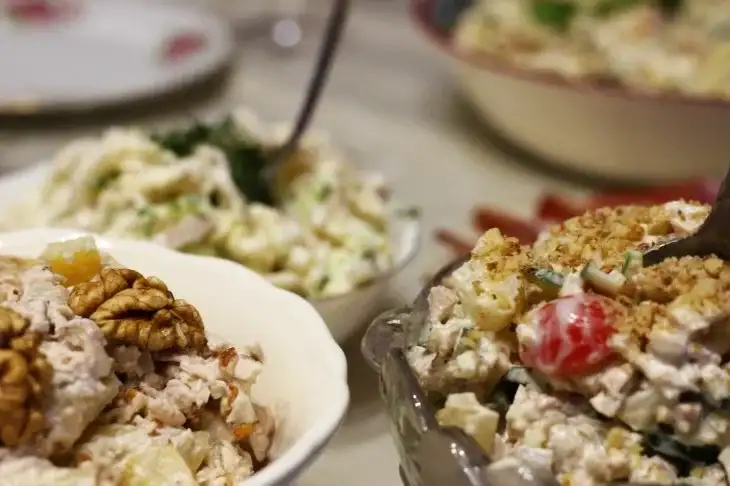What is finger feeding: a detailed and, most importantly, honest explanation
Finger feeding is nothing more than another theory of introducing complementary foods.
According to its requirements, the child does not need to prepare food separately - from infancy he is fed from the common table, there is no insistence on complementary feeding and the baby is allowed to choose what to eat and in what quantity.
Benefits of finger feeding
Strictly speaking, this concept has only one advantage – its convenience for parents.
However, there is no convincing evidence that finger feeding has a positive effect on anything other than parental free time.
Its disadvantages
Experts are convinced that the optimal time for introducing complementary foods is 4-6 months. If you ignore these recommendations and start introducing your child to "adult" foods later, the risk of food allergies increases. In addition, the child will almost certainly experience a lack of important micronutrients and there will be a delay in the development of chewing skills.

Another important note: up to 8-9 months, a child is not able to physically chew even soft food, be it berries or boiled vegetables - during this period, the dental system is not yet developed for chewing.
Finally, food from the common table almost always poses an increased risk to the baby’s health.
Here's an example: a one-year-old child can consume no more than 1 gram of salt per day. Exceeding this norm can cause problems with the urinary system. Now think about how much salt he will get if he is allowed to take any food in any quantity from the adult table?
Previously, we shared ways to wash plasticine off children .
